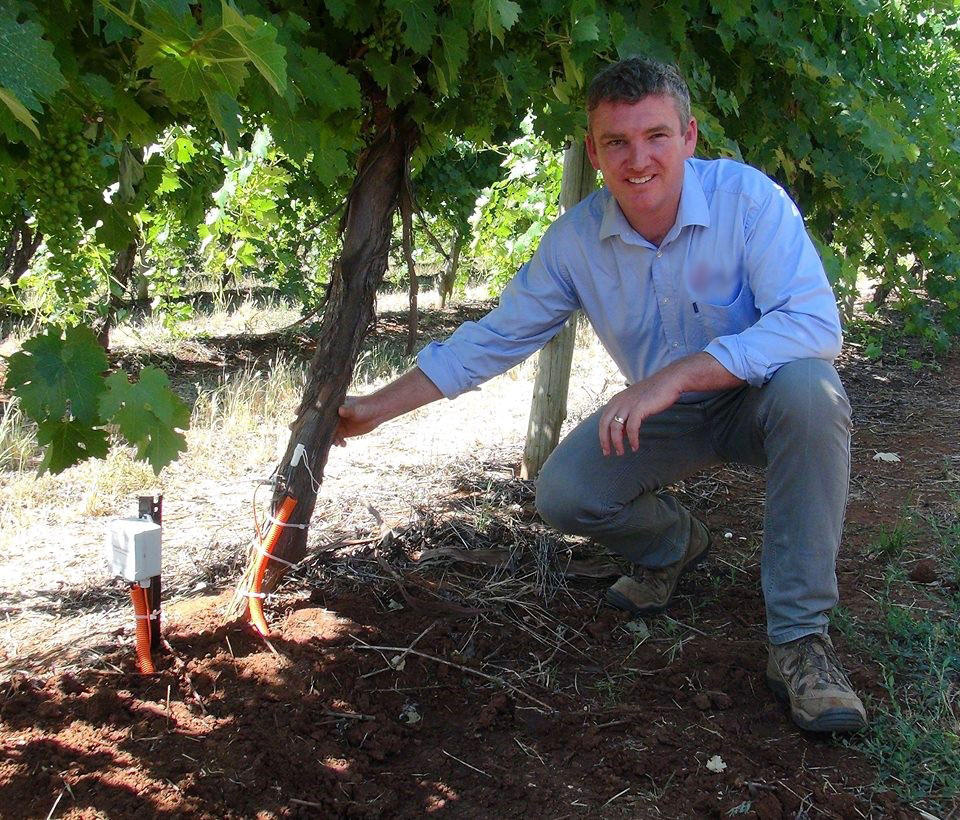
Catching up with… Adrian Englefield
27 October 2020
DHHS info about the surveillance testing program for Victorian seasonal horticulture growers
2 November 2020Incidents like product substitution, contamination (deliberate or accidental) and false labelling put Australia’s reputation for being a high quality, reliable and safe food producer at risk.
We rely on this reputation to drive the growing export market of the horticulture industry and demand for the premium produce grown in Australia.
To minimise these risks, a combination of digital traceability and scientific provenance verification needs to be put in place to track and verify food authenticity as it travels from producer to customer.
The topic of traceability is not new, and the scale of this conversation indicates how important it is in safeguarding the reputation of Australian horticultural industry. From webinars to conferences and government-funded research initiatives, traceability is the talk of the town.
Blockchain is a very sophisticated platform that can enable digital traceability and is widely touted as the future of traceability. It is a platform dependent on the integrity of data that it stores. However, the achilles heel of a Blockchain system is that this data is often captured through a marker on the products packaging (i.e. barcode) and not the physical product itself. The initiation of that marker is ultimately undertaken by people, making it susceptible to fraud or human error.
For this reason, it is essential to have a secondary layer of verification – a scientific one that physically tests and confirms the product’s authenticity at various stages of the supply chain. If product authenticity is verified by scientific means it acts as a check on the integrity of corresponding data entered into a Blockchain system.
Blockchain is not the only digital platform required to support traceability. There are many less complex digital systems available that also rely on a component of printed packaging to be scanned and the resulting data being recorded.
Digital traceability is extremely useful in collecting data about consumer purchasing habits, tracking movement of produce, increased production and logistical efficiencies, opportunities for longer shelf life and the reduction of product waste.
Scientific provenance verification that underpins traceability data is what Source Certain specialises in. It involves the scientific analysis of the physical product itself to identify unique combinations of trace elements, stable isotopes and other physical properties that establish a reference back to the farm or place of origin of the tested product.
The trace element and stable isotope composition of plant materials is directly affected by the soil and environment in which the plant is grown. Plants grown in different geographical locations show different combinations of trace elements and stable isotopes as a result of growing in the different soils, water and other environmental factors, which themselves are influenced by the breakdown of local rocks and chosen farming methods.
The relationship between plant and soil is so specific to location that we can use this data to scientifically discriminate between two neighbouring farms or orchards. We liken this information to a ‘fingerprint’, which is entirely unique to a granular source or origin.
Scientific provenance verification is the most effective way of verifying if a product has been adulterated, substituted or had its physical composition otherwise questioned. If the analysis shows the sample does not match to the reference of origin (the ‘fingerprint’), then authenticity cannot be verified. Scientific provenance verification occurs independently of packaging and labelling claims offering an unbiased secondary check on data collected through digital means.
We are moving into a space where traceability requirements will be the norm within global supply chains. The more information we have about a product – digital data derived from packaging and scientific data based on physical product analysis – the more transparency is afforded to both ends of the supply chain.
— This article was written and supplied by Source Certain International.


